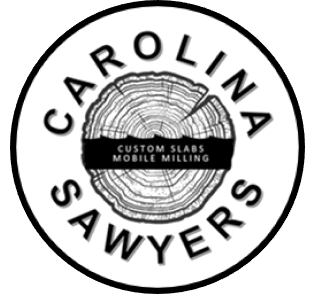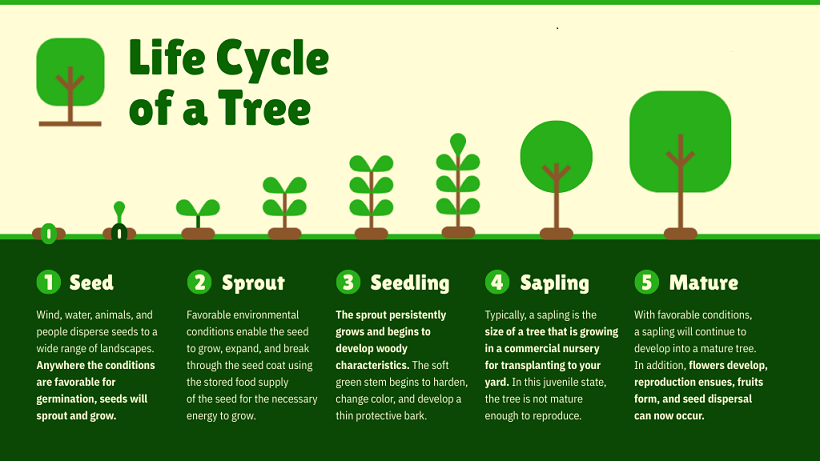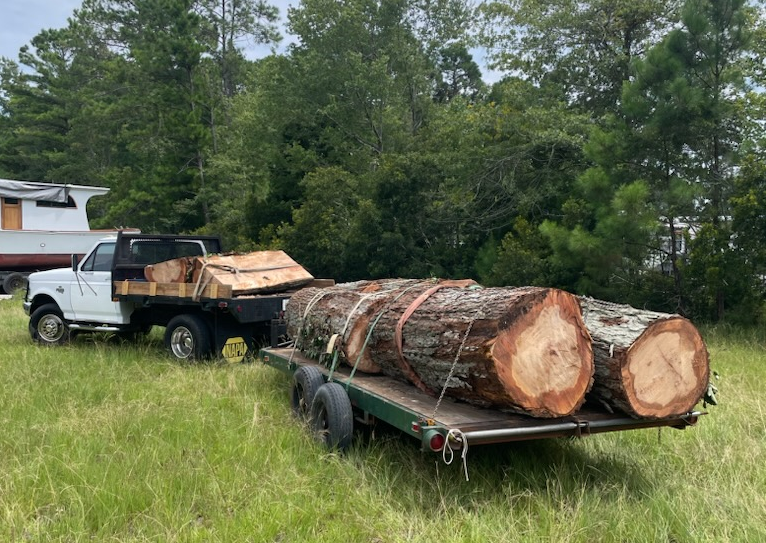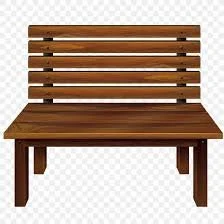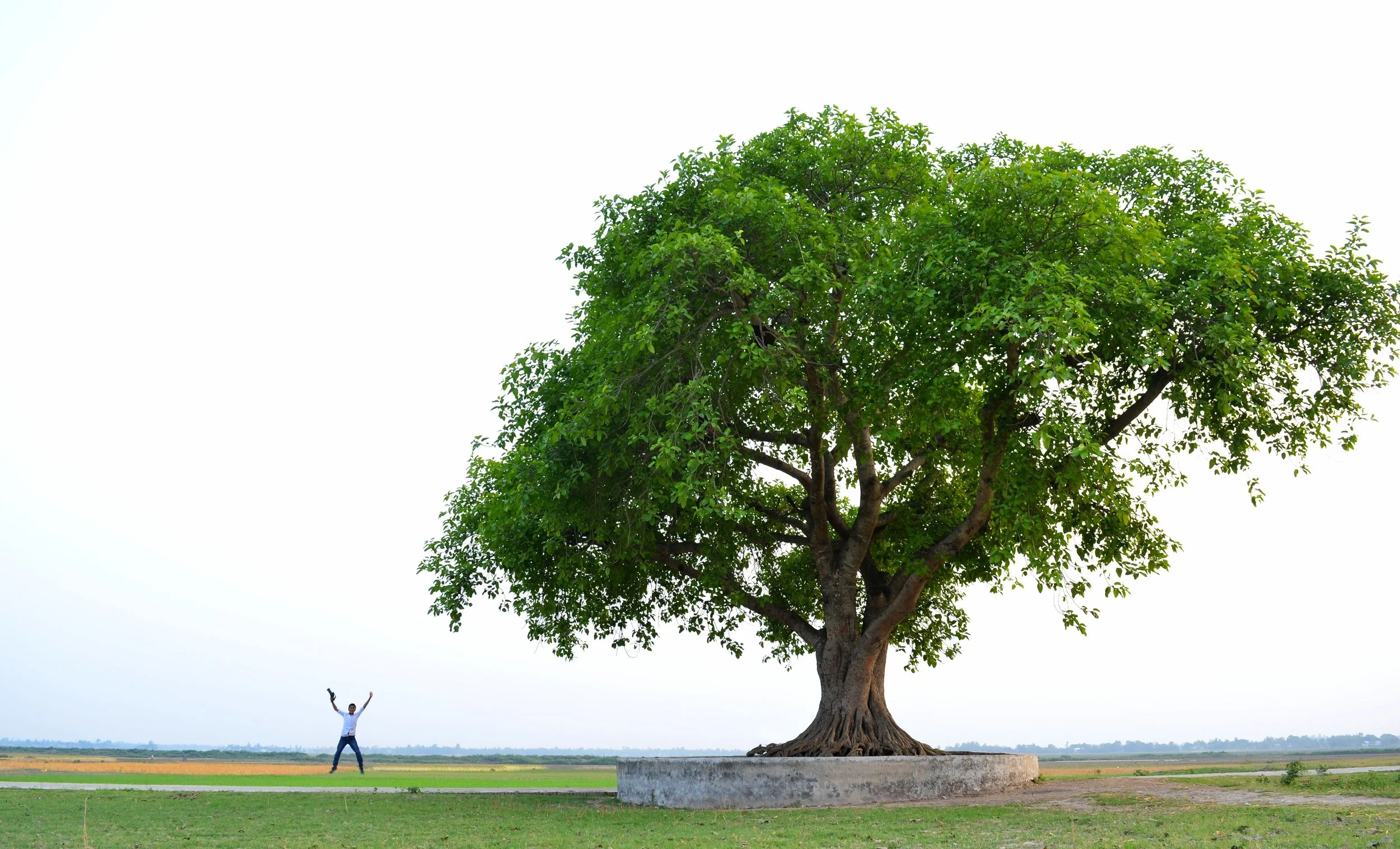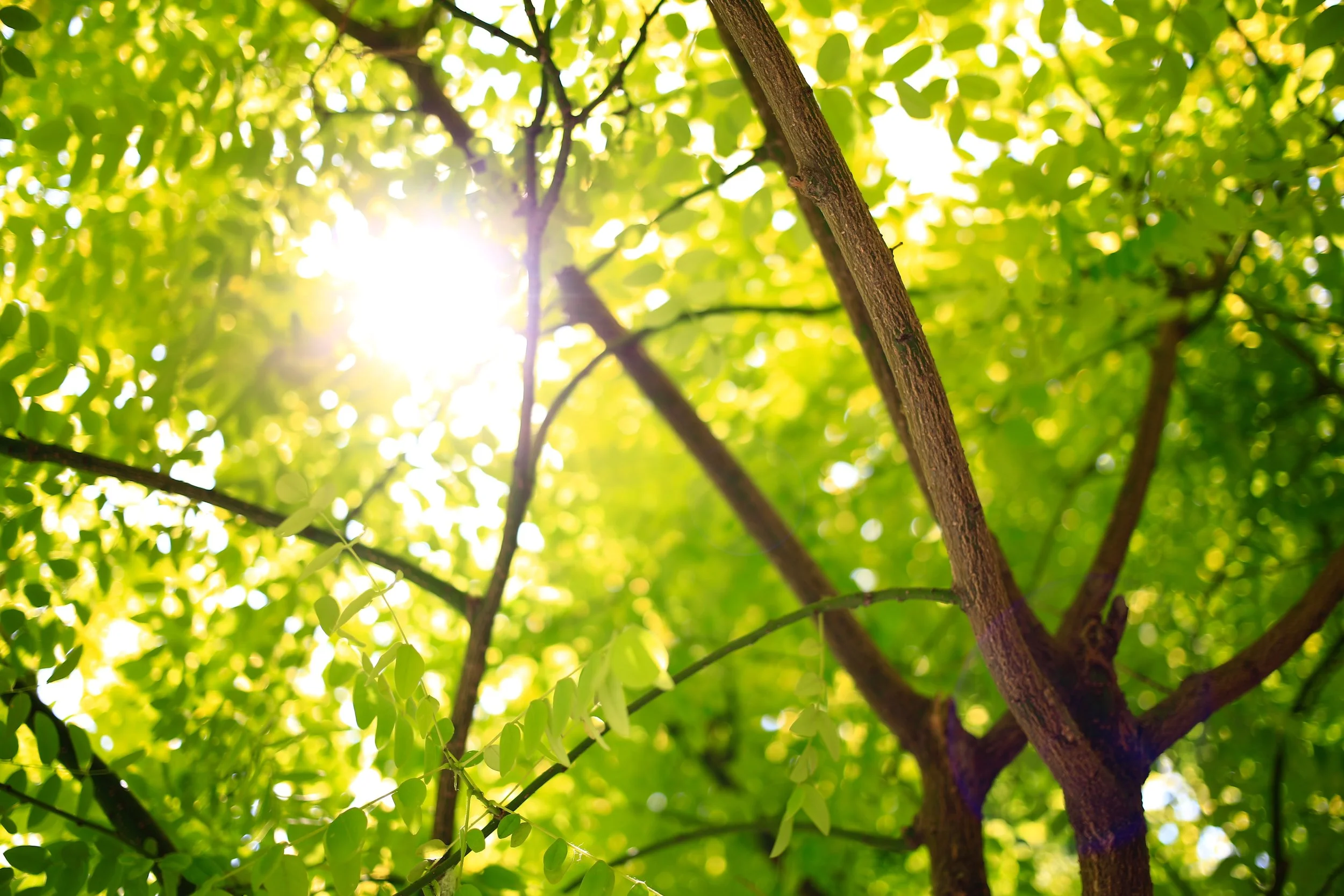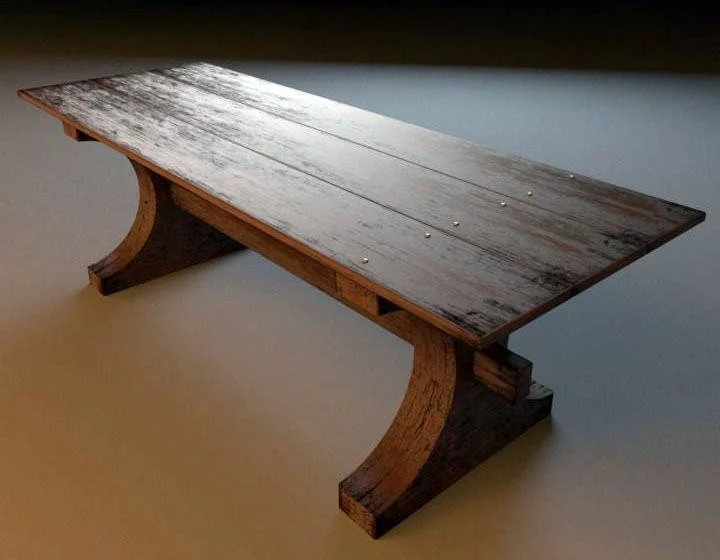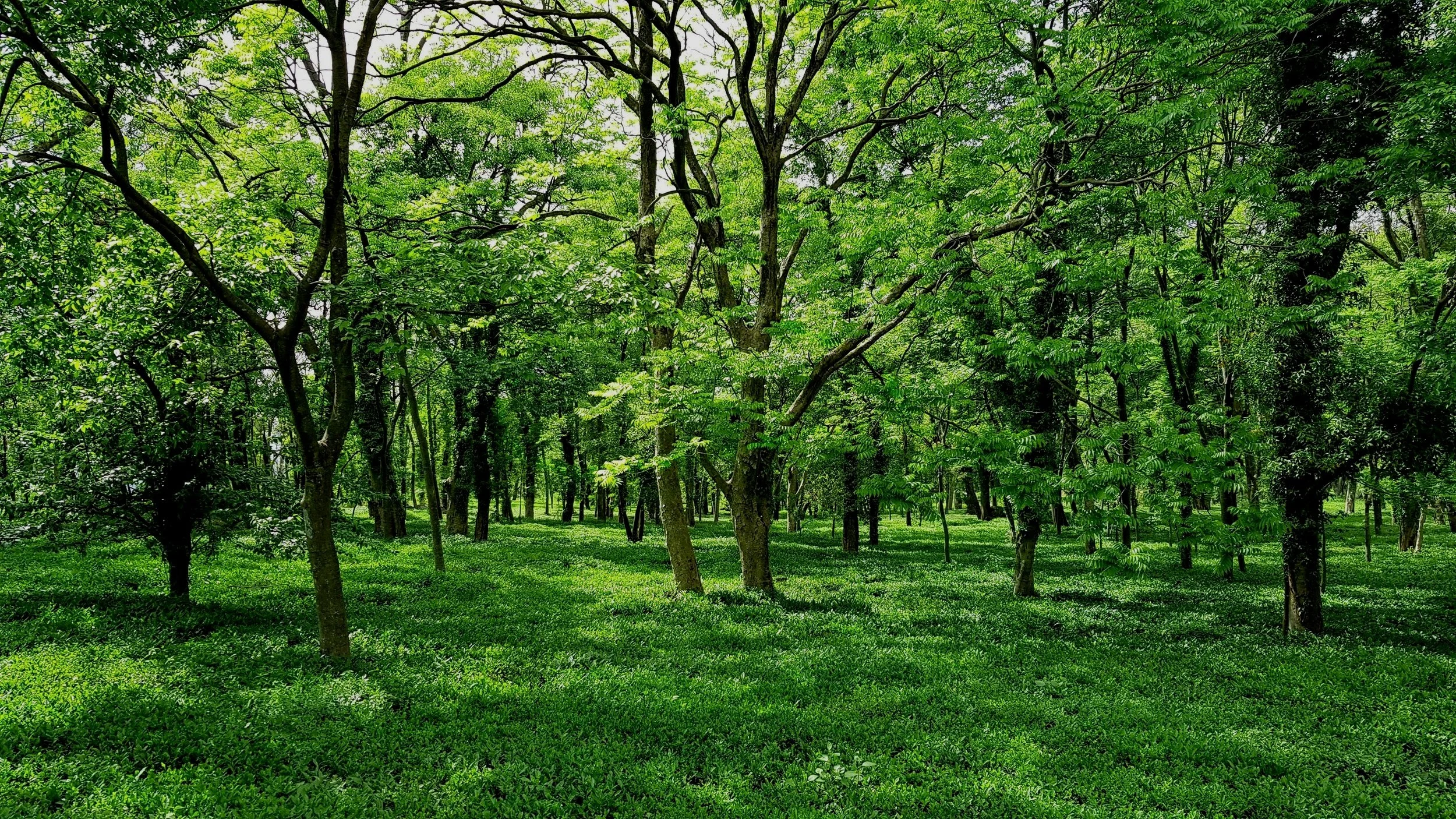
Carolina Sawyers is identifying and connecting a community that is present today within the Charleston Low Country and supports the appreciation of the tree and associated professions surrounding this economic resource
A tree is planted
By nature or by intent a seed is planted and begins to grow.
Growth to maturity
Doing your best to nurture the tree and keep it healthy.
Healthy mature tree
Light, nutrients, space to grow.
Felling the tree
Decision to cut the tree is made. Tree may diseased, broken, or just in the way.
Drying the lumber
Lumber that will be used for outdoor projects, such as fencing, sheds, and even decking, may not need to be dried. It will dry naturally after construction.
Lumber that will be used for indoor items, such as planking, furniture, or artifacts is generally dried in a kiln.
For more information visit http://texastreeid.tamu.edu/content/howTreesGrow/#lifecycle
Removing the tree
Although felled trees may be left on the ground, or chipped into mulch, or split into firewood, the lasting and more valuable option is to mill the tree into usable lumber.
Creating an artifact
Wooden artifacts abound. Think of tables, mantels, chairs, cutting boards, and almost anything you can imagine. Dried lumber is generally used for all these.
Milling the logs
Felled trees are milled by a sawyer to be usable for planking, fencing, or furniture.
Artifacts of value
Wooden artifacts have value. Charleston Low Country sourced lumber is prized because it is of the “low country".
Artifacts can have historical value if made from trees that stood as witness to Charleston’s low country history.
